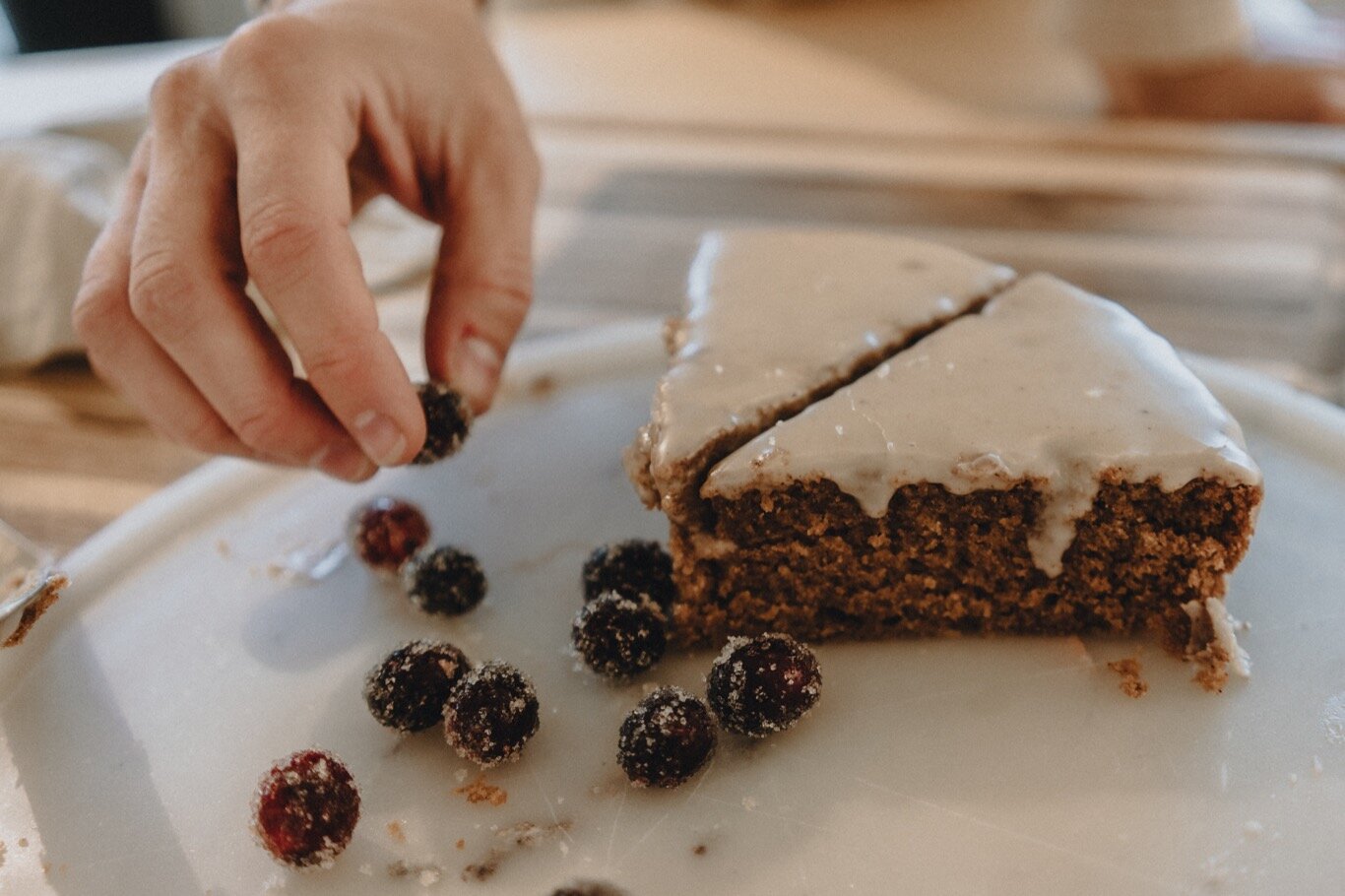Beautiful Cakes Guide
Is there a secret to making great cake? Absolutely! Our expert baker supplies handy tips to help you make the baking magic happen.
Get Prepared
Accuracy and attention to detail are essential when baking cake. Even small adjustments and substitutions can have a big impact. Carefully read through the entire recipe before starting to be sure there are no surprises midway through.
It is very important that ingredients are at the right temperature. Set out your butter at least a few hours before so it’s at room temperature. Proper consistency is very important in capturing air and developing a light batter so avoid using the microwave to soften butter if possible as melted butter will not cream properly. Eggs also need to be at room temperature. Cold eggs will take longer to aerate and can also cause creamed butter to curdle. Eggs can be warmed in a bowl of warm water for 5 minutes in a pinch, but leaving them on the counter to fully warm to room temperature is best.
Before starting measure out all ingredients, prepare pans, and preheat the oven. The cake needs to be placed in the oven immediately after it has been spread in the pan, so make sure the oven is fully preheated in time.
Choosing & Preparing Cake Tins
Using light coloured pans are best in most cases, as dark coloured pans can cause the outside of the cake to cook too quickly. Also, measure your pans and use the correct size called for in the recipe, as baking times and oven temperatures depend on pan size.
TO LINE THE PAN
Begin by brushing the entire pan with room temperature (not melted) butter.
Cut a circle of parchment the same size or slightly smaller than the bottom of your pan and place it on the bottom of the pan (the butter on the bottom will help the parchment stick to the pan).
Brush the parchment with butter.
Place a small amount of flour (or cocoa for a chocolate cake) in the pan and turn the pan to coat the interior with flour.
Knock out any excess flour from the pan.
Note: Angel food cake pans should not be oiled or buttered.
Measuring
Measuring ingredients by weight is the most precise way to measure. Professional recipes and many European recipes will list ingredients by weight; invest in a good kitchen scale and weigh ingredients wherever possible. If measuring by volume, there are a few things to consider as accurate measurements will make a big difference in the final product:
Flour must be measured using the spoon and level method. Spoon the flour into the measuring cup and then level off with a straight edge such as the back of a knife without compressing the flour.
Flour should be measured after sifting and not before.
When using a cup measure, make sure your eye is level with the measuring lines for an accurate reading.
Ingredient Selection
FLOUR
Cake flour or cake and pastry flour is best for cakes. This type of flour has a lower gluten content and a finer texture, and will result in a lighter cake.
SUGAR
For creamed cakes, superfine sugar is preferable to granulated sugar.
Creaming
For butter cakes, the butter and sugar are creamed to incorporate air in the batter and produce a light cake. Having your ingredients at the correct temperature is very important to achieve a good result. A stand mixer is more efficient than a hand mixer for this task.
Follow the steps in your recipe exactly – it’s the creaming process that will give you the lightness and texture in your cake. After creaming the butter and sugar, the eggs are usually added in gradually. Make sure each egg is fully incorporated before adding the next. Scrape down the bowl from time to time to ensure full incorporation of all ingredients and a consistent batter.
Folding
After creaming the butter and sugar and incorporating the eggs, dry and wet ingredients are added in portions, alternating dry then wet and gently folding in to prevent losing the air built up during creaming from escaping. This will also prevent over-mixing which can lead to a dense cake. Gently fold the ingredients in with a rubber spatula or balloon whisk just until fully incorporated. Be sure not to leave any dry clumps.
Filling Pans
Divide your batter between pans if making multiple layers. A kitchen scale is a handy way to check if you have evenly divided the batter between the pans. To ensure an even cake top, use an offset spatula to completely even out the surface of the batter. The cake should be baked immediately after filling.
Cooling
Follow your recipe’s instructions for how long to wait before removing the cake from the pan. Invert the cake onto a wire rack to cool and remove the parchment from the bottom of the cake. Ensure that the cake is completely cooled before icing.


